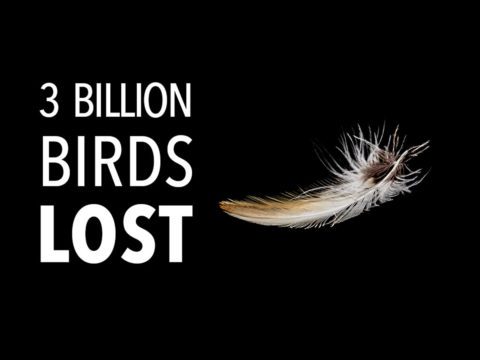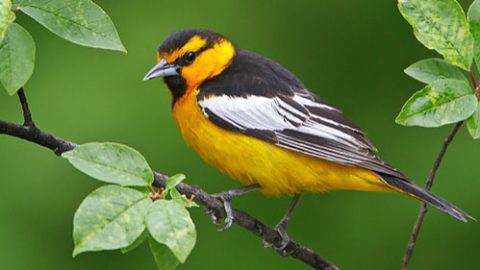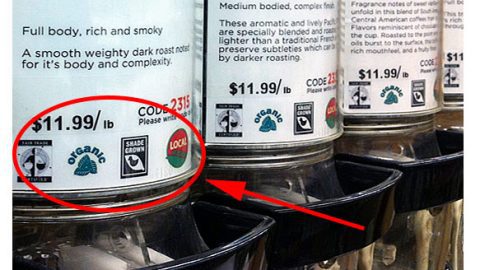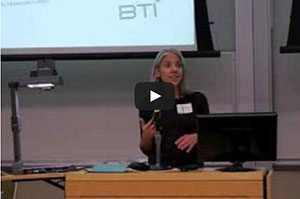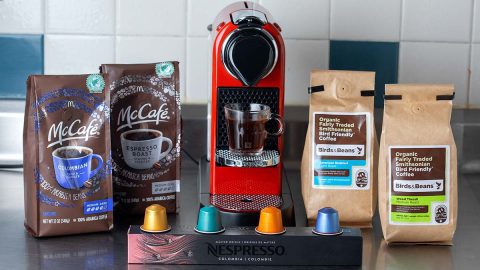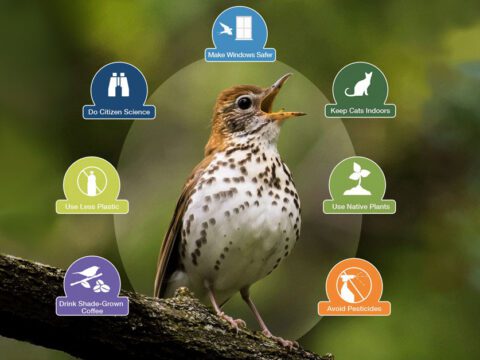Coffee Made in the Shade Can Be More Profitable, Thanks to Birds
Story by Gustave Axelson; Photography by Jeffrey Arguedas
Rufous-capped Warbler. Photo by Nigel Voaden/Macaulay Library. October 1, 2019From the Autumn 2019 issue of Living Bird magazine. Subscribe now.
The Fernández family is the envy of the other coffee farmers when they deliver their burlap sacks to the mill in the mountains of San Ramon above Costa Rica’s Central Valley.
“When we go to the coffee mill and they test to see if the coffee berries are affected by broca, the result is almost zero,” says Richard Fernández, the oldest son. La broca is the coffee borer beetle, a plague of the coffee industry that has caused hundreds of millions of dollars in damage. “Compared with other farms it is surprising, considering that we have never used a chemical as pest control.”
But by planting thousands of trees throughout their family farm and enveloping their coffee bushes in shade cover, the Fernández family has deployed another, more cost-efficient pest-control agent—birds.
“The difference with other farms could be that the birds have found a home on our farm,” says Richard, who is proud that his father Edgar Fernández, the farm’s patriarch and still owner today, started reforesting their coffee farm in the 1980s.
“Because the habitat is very comfortable and pleasant for birds, we get more profits than other farmers,” Richard says.
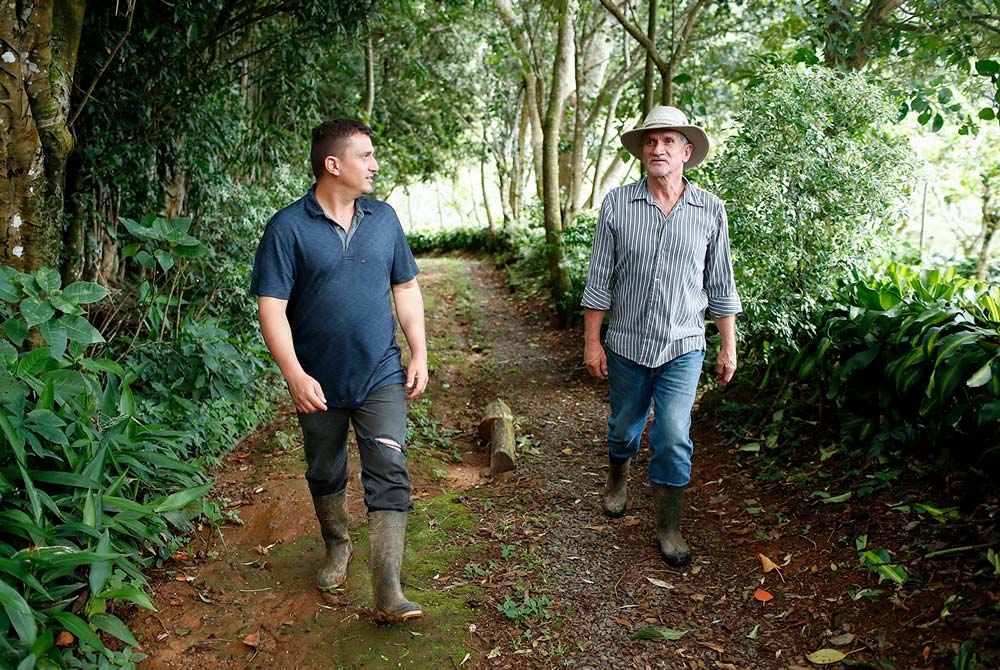
The Fernández family’s experience echoes a key finding from research published earlier this year in the journal Ecological Economics by a team of ecologists and economists from Cornell and Columbia Universities. The study found that converting coffee farms to shade-grown coffee isn’t just a good deed on the path toward sustainability, it’s more profitable.
The research surveyed the operations of nearly 150 coffee farms in Colombia, Mexico, and Peru and analyzed a range of costs and benefits across both shade-grown and sun-grown coffee-farming practices. The result was the creation of a profit-optimization model that showed the typical farm can maximize income by converting more than a third (36%) of their plantings to shade-grown coffee.
Find out More: Birds and Coffee
“Our finding challenges a common assumption that conventional coffee grown in full-sun conditions is the most profitable,” says Amanda Rodewald, Cornell Lab of Ornithology senior conservation science director and an author of the study. “The profits associated with shade-grown coffee result from several factors, including healthy soils with more nutrients and better moisture. But the one we highlight in our work is the ecosystem services that birds provide.”
Birds provide free pest control by picking off la broca before the tiny beetles burrow into coffee berries and spoil the coveted beans inside. The flocks roaming a shade coffee farm with trees for habitat can contain up to 50 insectivorous birds (insect-eating specialists such as the Blue-gray Tanager and migratory Blackburnian Warbler). According to the study, a single bird can save from 23 to 65 pounds of coffee per hectare on a farm every year.
Birds aren’t the only economic benefit of growing shade coffee, according to the paper. Farmers saved money in supplies and labor costs associated with fertilizer applications, as organic decomposition of leaf litter within a healthy, biodiverse ecosystem provided free natural fertilization of coffee plants. And even though shade-grown coffee is a less-intensive farming operation (there are fewer coffee plants per hectare under shade versus sun-grown farming, and the yield in coffee beans is generally about 30% lower), the lower yields are offset by lower labor and input costs for fertilization and pest control that can be more than $2,000 cheaper per hectare.
Juan Nicolás Hernandez-Aguilera, a Columbia University economist and lead author of the study, says this research shows how “ecosystem services provided by shade trees can become an important component of a profit-maximization strategy.”
“And we’re still not capturing all of the benefits from the ecosystem services in this analysis, such as cost savings from preventing soil erosion and generating extra income from producing other shade crops, such as citrus and avocados,” adds Rodewald. Indeed, the Fernández family’s farm in Costa Rica has a dense understory of mangoes, passion fruit, guava, and other fruit trees.
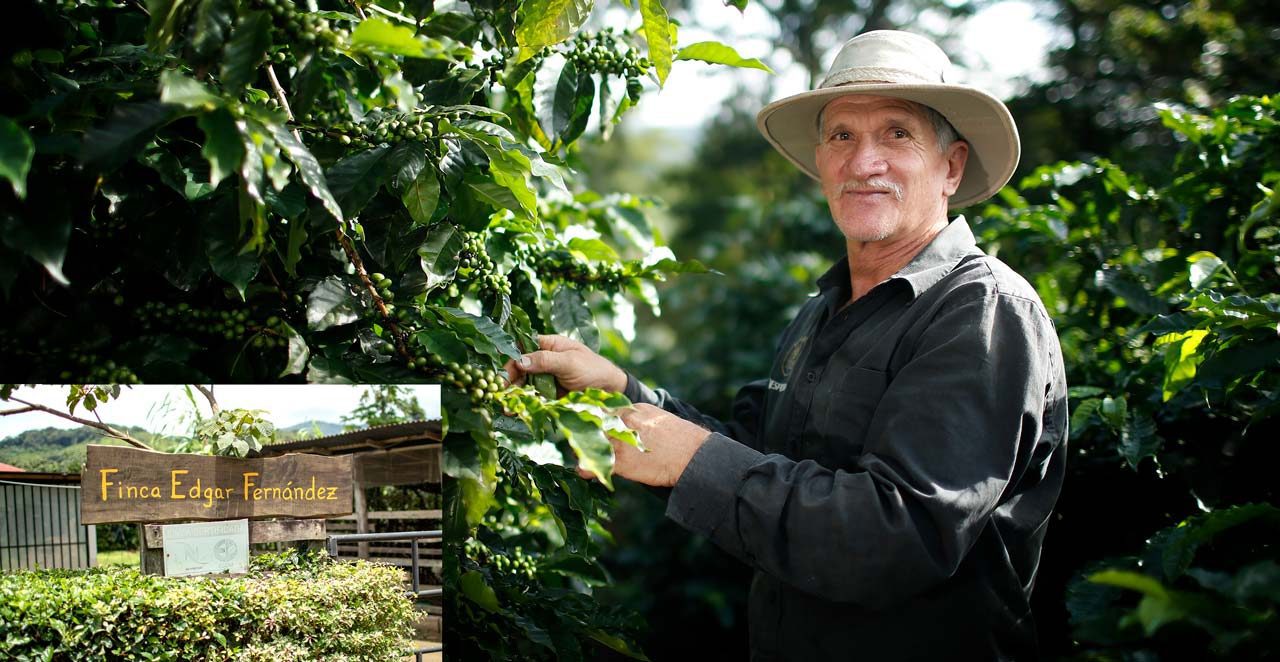
Premiums Boost Shade Coffee, And Birders Are Willing To Buy
The study also considered the role that price premiums can play in boosting the economic incentive for shade-grown coffee.
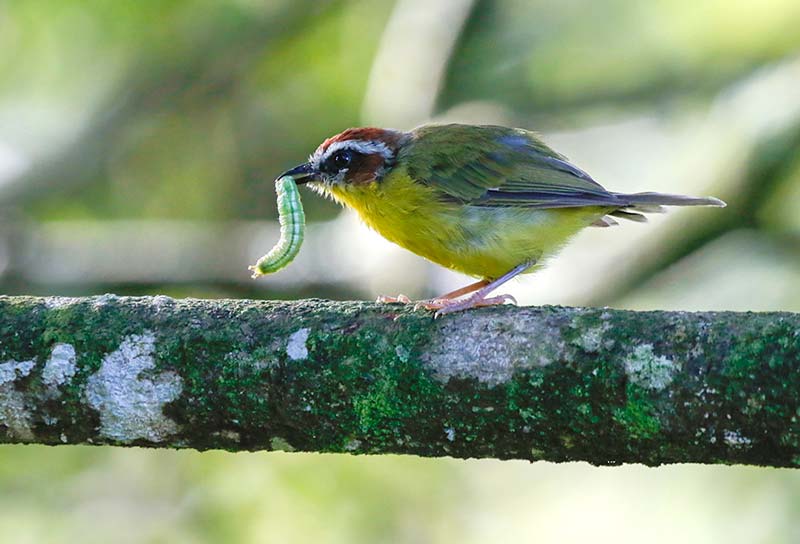
A premium is an extra bonus paid to the coffee farmer above the commodity price for beans, such as the higher price that farmers receive for organic certification. Some of the highest premiums go to farmers who achieve the most environmentally stringent Bird Friendly coffee certification, developed by the Smithsonian Migratory Bird Center for coffee grown on farms that maintain excellent bird habitat.
David Piza, director of national accounts for S&D Coffee and Tea, one of the largest-volume coffee roasters and wholesalers in the United States, says premiums are critical for enticing coffee farmers to provide more sustainably grown beans. Piza and S&D have worked with some of the largest U.S. coffee brands, including McDonald’s and STōK cold brews, to help them achieve sustainability commitments such as sourcing 100% Rainforest Alliance–certified espresso beans. But the supply chain of shade-grown coffee remains a challenge, as less than a quarter of the global area of coffee farms is planted under shade. Piza says that increasing the supply of shade-grown coffee will require more incentives for coffee farmers to convert to shade.
“This model will work as long as the farmers receive a premium for their shade-grown coffee,” Piza says. “It could be either a sustainability or a quality premium, or even better, a combination of both.”
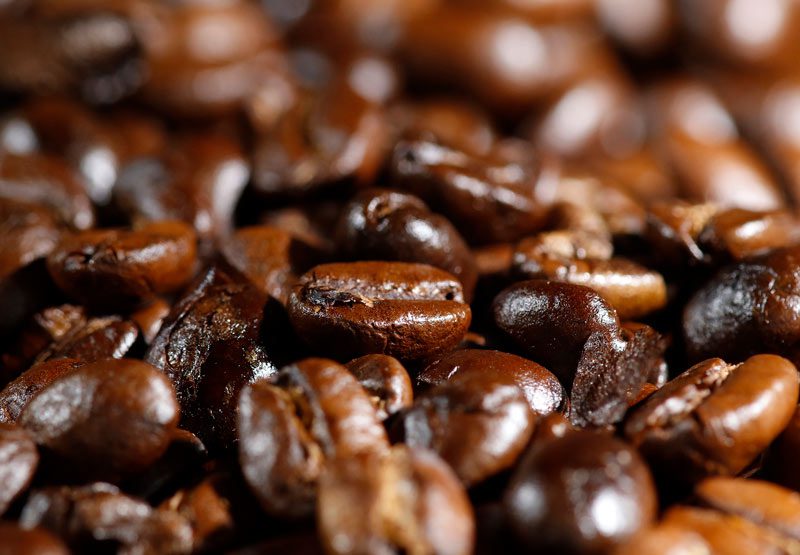
Indeed, the Fernández family receives a double premium for their coffee beans, which are grown on a farm that has been converted to 80% shade cover—one environmental premium for Rainforest Alliance certification, and a second premium from their main buyer Nespresso for meeting the company’s internal AAA Sustainable Quality certification.
The study published in Ecological Economics demonstrated that premiums can have a multiplier effect on the economics of shade-grown coffee conversion for farmers.
“We show that relatively small premiums paid for shade-grown coffee are useful levers to further incentivize shade-coffee production,” Rodewald says. The study found that a premium of just 50 cents per pound can boost the profit-maximization point for shade-grown coffee allocation from 36% to 85% of a typical small coffee farm. “That’s especially important given the historically low and volatile prices we’re seeing for coffee,” she says.
Birders are a prime market of coffee consumers ready to pay such premiums, according to a recent survey of more than 1,300 American bird watchers. The survey found that bird watchers who drink coffee are willing to pay an extra $2 or more per pound in premiums for coffee quality and bird conservation. Given that 45 million Americans say they watch birds, and more than half of Americans drink coffee daily, there could be more than 20 million java-drinking bird watchers who could make a difference by supporting bird habitat with their coffee money.
Edgar Fernández lives the difference on his mountainside shade-coffee farm in Costa Rica, which he says offers a winter home for Baltimore Orioles that begin arriving in October.
“I’ve seen the difference with my own eyes, with the trees, and the birds,” says the 60-year-old campesino, as he tips back the brim of his cowboy hat. He recalls a morning last March when he walked out to a newly converted shade coffee stand on his farm, planted with 200 trees funded through Nespresso premiums, and saw that he had visitors: “I’ve never seen so many toucans in all my life! I ran back to the house to get my wife!”

All About Birds
is a free resource
Available for everyone,
funded by donors like you
American Kestrel by Blair Dudeck / Macaulay Library
